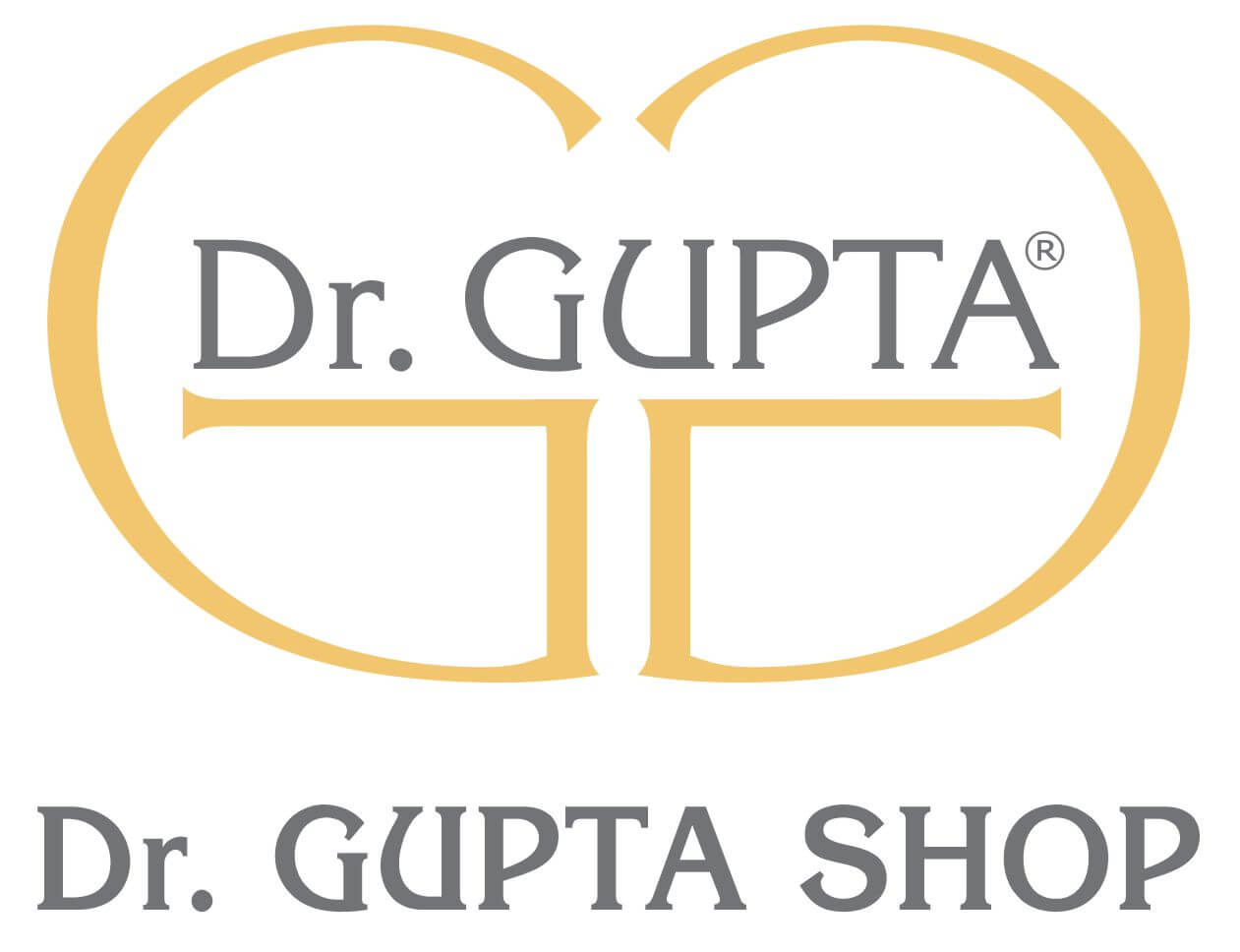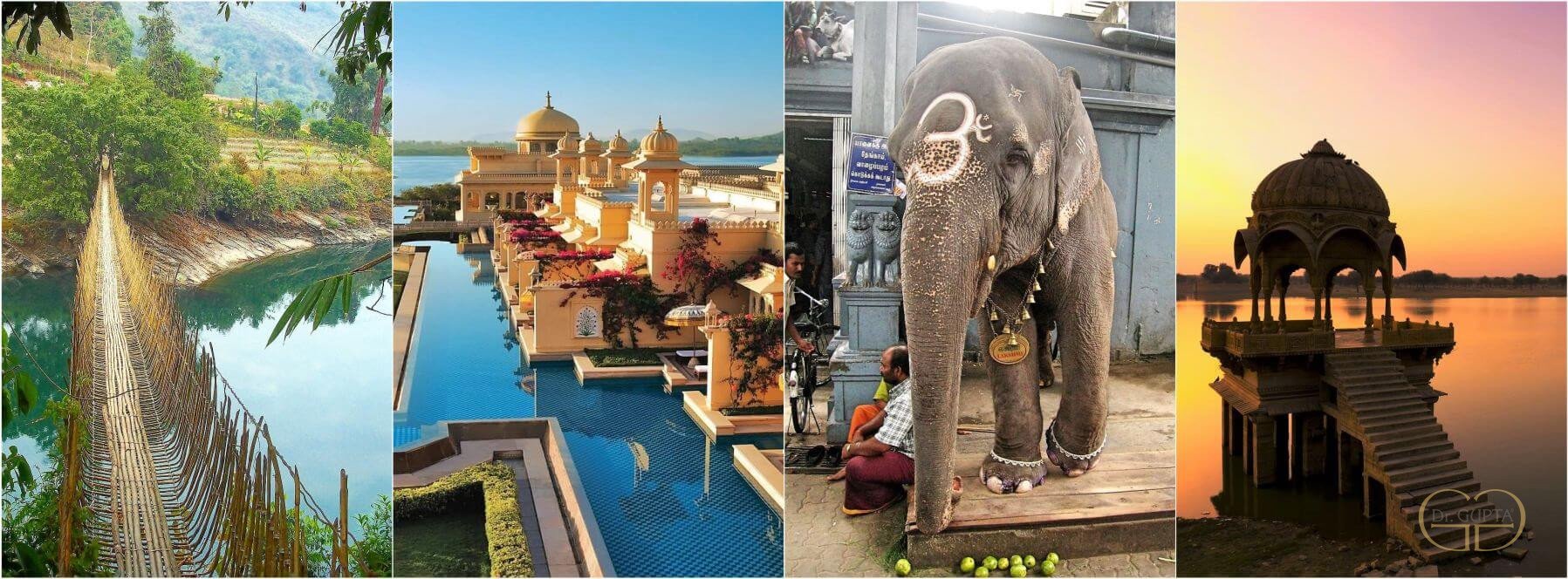The Vedas consider Ayurvedic medicine to be a gift of God to mankind from the Avatar of Dhanvantari, who came to us through the holy ancient Indian wise people Rishi through deep meditation. Veda Vyasa, one of the greatest wise persons of India, is considered to be the first recorder of the Vedas. The Vedas cover topics about health and the use of various plants for healing purposes. The four main Vedas are Rig, Sama, Yajur and Atharva Veda (Ayurveda means the science of life and is part of the Atharva Veda). Initially, only members of the Brahmani caste taught the principles of Ayurvedic healing and were considered physicians. But over time this changed and members of other castes also learned the art of natural healing and a special term Vaidya was introduced for those who describe, educate and heal the Vedas. Around 1500 BC the application of Ayurvedic medicine has expanded to the treatment of various diseases and is divided into eight different branches of medicine. Atreya as a school for physicians and Dhanvantri as a school for surgeons also emerged. The Chinese, Tibetans, Greeks, Romans, Egyptians and Persians came to India to learn the Ayurvedic principles of healing and care. Ayurvedic texts were translated into Arabic and used by physicians, such as Avicenna and Razi Sempion, in the establishment of Islamic medicine (Unani or Yunani). In addition, Ayurvedic medicine became popular in Europe and laid the foundations of European traditional medicine. Paracelsus, the father of modern Western medicine (1600 AD) also used some principles from Ayurvedic medicine.
Ayurvedic medicine speaks its own language and claims that a person is healthy when all Three bodily fluids are excreted – Doshas (Vata-Pitta-Kapha). According to the standard doctrine of Indian traditional medicine a person’s health depends on the balance of the three “faults fluids” Doṣhas and all five elements (Fire-Earth-Ether-Air-Water) are in balance; when the bodily tissues function of the seven Dhatu (Rasa, Rakta, Mamsa, Medas, Asthi, Majja, Shukra) in the body are properly developed and functioning in a balanced way; when metabolic processes are in the body, e.g. digestive fire (Agni) balanced; when the excretion of body excess (Mala – Stool, Urine, Sweat) is balanced; when the spirit is in a state of inner peace and when the senses are balanced. If we talk about Ayurvedic treatments (ways), there are two approaches: home and clinical. Home treatment usually consists of the application of a specific diet (state of body fluids / Dosha – pathology), lifestyle correction, medication and certain exercises. Clinical treatment is the Panchakarma program (the highest growing program in the world). The Panchakarma program focuses on the endocrine, nervous, digestive, blood and skeletal systems. Ayurvedic medicine, in each chapter dealing with pathology, describes numerous healings after the application of the process in the therapeutic program of Panchakarma. Therefore, it is not surprising that the interest of scientists and doctors, in India and around the world, for this traditional therapeutic form – as a prevention, but also as a cure, rises. The processes are focused on fats flowing through the veins and lymphatic system. The primary goal of the therapeutic program is to cleanse the body of all impurities (toxins), and nourish the tissues, thus ensuring old age without chronic diseases. The amount of Ama (toxin) is the first measure on the basis of which the Ayurvedic doctor, together with the patient, decides to use the Panchakarma process. There are usually several treatments a day for about two hours, a minimum of one week in a row, depending on age and gender, stage and type of illness / condition.
The Panchakarma program is recommended preventively in the fall and spring, and also in the post-operative phase. Herbal drinks (tea or juices) in consultation with an Ayurvedic doctor, a specialist in Panchakarma, include a diet for better cleansing of the whole body, especially in the treatment of chronic diseases. Modern science and Western medicine have taken over the procedures of Panchakarma for efficacy, as an adjunct therapy in the treatment of uncontrolled cell division – cancer. Pancha means five (Vamana, Virechana, Nasyam, Basthi, Utara-basthi) specialist therapies (karma) that are carefully and systematically performed under the strict supervision of an experienced, trained Ayurvedic doctor or technician – engineer of Panchakarma. The therapeutic program also has an unusually strong effect on people suffering from Multiple sclerosis (MS), in chronic, allergic and autoimmune disorders and effectively affects the upper and lower limbs (Arthrosis, Rheumatoid arthritis, Calcification etc.); has an enhancing effect on emotional stability and productivity (Stress-related illnesses).
Since the mid-70s, the popularity of Ayurvedic medicine has been steadily increasing, both in India and in developed European countries: Italy, Germany, Greece, Britain, France, Denmark, Switzerland, USA, Japan Persia, Sri Lanka, Bangladesh, Tibet, Nepal, Indonesia, South Africa, Russia (Siberia), Egypt, Libya, Morocco, etc. In these countries, Ayurvedic science is included in alternative and complementary therapies and is often used in conjunction with conventional prescription drugs to treat, or aid in chronic diseases such as joint and skin problems (as recommended by the WHO). Ayurvedic medicine is based on the fundamental principle that the prevention and treatment of disease, maintaining balance in the body, mind and consciousness through proper drinking, eating and living, and the use of herbal preparations, are essential. Even today, Ayurvedic science has maintained its holistic approach to health and the treatment of disease. The eight branches of modern Ayurvedic medicine include: Principles of preventive care for the health of the whole family (Kulam svastyam kutumbakam), Addiction treatment (Sangakara chikitsa), Purification and restorative treatments (Panchakarma chikitsa), Access to nutrition and weight loss (Sthaulya chikitsa); Musculoskeletal treatments (Vatavyadhi chikitsa), Promotion of self-healing and resistance to disease (Svabhaa voparamavaada), Male and female fertility (Vajikarana), Beauty and cosmetic treatments for women and man (Saundarya sadhana). Medicines, as well as therapy products, are based on a medical system that is thousands of years old, which gives everything the added value of quality, originality and safety. Treatments can be practiced alone, preferably preventively or as an adjunct to allopathic treatment. Ayurveda (Vaidya) does not discourage the treatment of a client in the conventional way prescribed by a Doctor or Specialist.
In Ayurvedic medicine, surgery is a well-developed, scientifically tested and proven solution to various ailments. Classical Ayurvedic surgical (non-invasive) procedures, such as Kshara karma, Kshara sutra, Agni karma, Raktamoksana, are performed according to strict protocols, in Ayurvedic hospitals, which in India are specially equipped operating rooms at the highest level of hygiene and efficiency. Most hospitals also offer the services of a female surgeon in case female patients express such a desire / preference. Kshara karma Ayurvedic surgical process focuses on many diseases’ incurable by modern medicine, with drugs that are not effective enough for skin diseases, some allergic conditions, bhagandra (fistula-in-ano), nadi vrina (sinuses), arbuda (cancer), arsha (piles), dusta vrina (chronic or incurable ulcers), charma kil (pimples), tilkalaka (melanoma), external abscesses, oral diseases, tumours of the oral cavity. Kshar sutra Ayurvedic surgical treatment regulates anorectal disorders, such as haemorrhoids, anal fissures and pilonidal sinus. Agni karma, also known as Dahan karma, is a process used in Ayurveda for various benign diseases along with pain and bleeding. During the process, heated bars of gold, silver, iron, copper, i.e., pancha dhatu (five metals) are applied directly to the skin at the affected place. The temperature varies depending on the process, and is lowest for gold and highest for silver. Agni karma is not recommended for tumours (arbuda). Raktamokshana is a treatment that has been used for a long time in the traditional Indian medical system and is an integral treatment in the Panchakarma program. The process of Raktamokshana is the release of blood, i.e., leeches (jalokavacharan) are placed at the incision place to remove bad blood / lymph fluids (canula sira-vedh). Raktamokshana is applied in different ways, depending on the condition of the body and individually in patients associated with cancer, cysts, tumours; in herpes, abscesses, ulcers and goitre and is effective in many skin diseases, such as urticaria, rash, dermatitis, itching and leucoderma. The process itself refreshes the blood and balances all Three Doshas (anatomy the human body). It is effective against purulent inflammation, acne, gout, hemochromatosis, and enlargement of the liver and spleen. For such a therapeutic process, Unani Persian Medicine, removes blood with the help of the Alabu glass.










